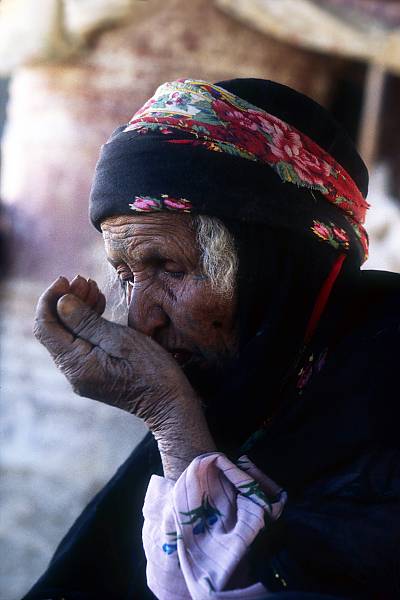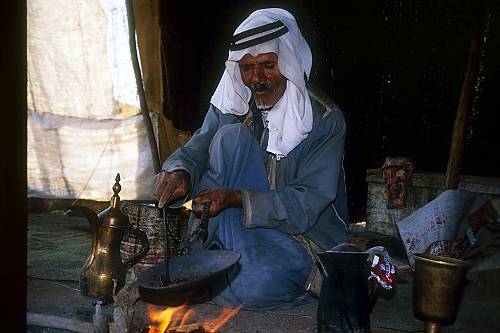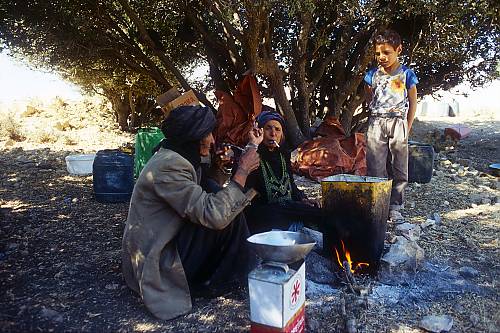Cultural space of the Bedu in Petra and Wadi Rum
Inscribed in 2008 (3.COM) on the Representative List of the Intangible Cultural Heritage of Humanity (originally proclaimed in 2005)
The Bedu are settled and nomadic communities living in the southern part of Jordan, particularly near Petra and Wadi Rum, within a region of semi-arid highlands and deserts. These conditions have allowed for the development and existence in complementary relationship of both types of communities.
Several Bedu tribes, namely the Bdul, the Ammarin and the Sa’idiyyin, continue to use the Nabatean water-collecting cisterns and caves near Petra. The Bedu communities inhabiting this area keep alive a traditional pastoral culture and related skills. The Bedu of Petra and Wadi Rum have preserved specific knowledge related to the flora and fauna of the area, traditional medicine, camel husbandry, tent-making craftsmanship, and tracking and climbing skills. The Bedu have developed an extensive knowledge of their environment and complex moral and social code, all of which is expressed and transmitted orally. Their rich mythology is manifested in various forms of oral expression, comprising poetry, folktales and songs that are closely linked to particular places and the history of these communities.
Over the last fifty years, more and more Bedu groups have settled down. The provision of education, housing, health care and sanitation has made a sedentary existence more attractive for many of them, leading, however, to the erosion of skills developed by the Bedu over generations. The increase of desert tourism and its demand for “authentic Bedu culture” should not be allowed to further degrade the intangible heritage of the Bedu in Petra and Wadi Rum.








